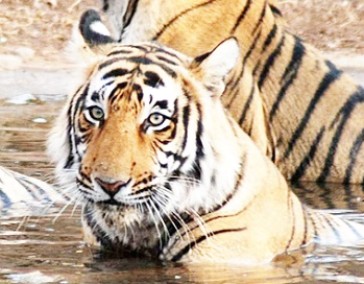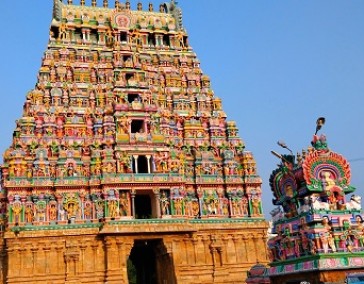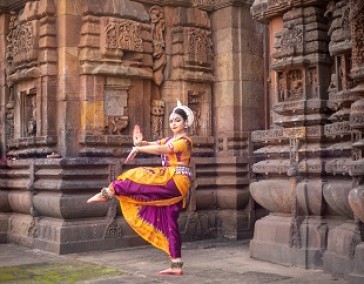India Tourism Guide
Ultimate India Travel Guide: Essential Information for Your India Dream Trip
Geographical Overview of India:
India, officially known as the Republic of India, spans an area of 3.28 million square kilometers and has a population of 1.3 billion. The capital city is New Delhi. The population comprises 72% Indo-Aryan, 25% Dravidian, and 3% other ethnic groups. India recognizes 14 national languages, including Hindi, Urdu, and English. The major religions include Hinduism (80%), Islam (14%), Christianity (2.4%), Buddhism (2%), Jainism (0.5%), and others (0.4%). The government is headed by a Prime Minister and a President. The country is divided into 28 states and 7 Union Territories.
Indian States & Union Territories:
- States: Andhra Pradesh, Arunachal Pradesh, Assam, Bihar, Chhattisgarh, Goa, Gujarat, Haryana, Himachal Pradesh, Jammu & Kashmir, Jharkhand, Karnataka, Kerala, Madhya Pradesh, Maharashtra, Manipur, Meghalaya, Mizoram, Nagaland, Odisha, Punjab, Rajasthan, Sikkim, Tamil Nadu, Tripura, Uttar Pradesh, Uttarakhand, West Bengal.
- Union Territories: Andaman & Nicobar, Chandigarh, Dadra & Nagar Haveli, Daman & Diu, Delhi, Lakshadweep, Puducherry.
Climate and Temperature in India:
India's climate varies significantly across regions and seasons. Winter temperatures range from below freezing in Kashmir and Ladakh to the high 20s in the southern regions. In summer, northern India experiences temperatures over 40°C, while southern regions remain relatively cooler. The monsoon season, arriving in late May or June, brings heavy rains primarily from the southwest, affecting the entire country by July and retreating by October.
Environmental Highlights of India:
India is a large, triangular-shaped country in southern Asia, bordered by Pakistan, China, Nepal, Bhutan, Bangladesh, and Myanmar. The northern region features the snow-capped Himalayas and the vast Gangetic Plain. The Deccan Plateau lies south of the plains, bordered by the Eastern and Western Ghats. India is home to diverse wildlife, including lions, tigers, leopards, elephants, and rhinoceroses. The government has established over 350 parks, sanctuaries, and reserves to protect its flora and fauna.
Cultural Richness of India:
India is a melting pot of cultures, languages, and religions. It is less a country than a continent, with immense variations in religion, language, customs, art, and cuisine. Hinduism, Buddhism, Jainism, Islam, Sikhism, and Christianity are major religions. Each state has its unique culture, contributing to the country's rich heritage.
Art and Architecture of India:
Indian art is deeply rooted in religious themes and includes classical dance, Hindu temple architecture, Mughal architecture, miniature painting, and Indian music. The country's architecture ranges from ancient temples and forts to modern-day buildings, showcasing a blend of historical and contemporary styles.
Traditional Indian Clothing:
Indian attire is colorful and diverse. Traditional clothing includes silk saris, mirrored cholis, lehangas, and the salwar-kameez. Light cotton clothes are suitable for most of the year, while woolens are necessary during the cooler months. Indian dressing styles vary significantly by region and religion, with a plethora of colors, textures, and styles.
Demographics of India:
India is the second-most populous country in the world, with nearly 1 billion inhabitants. The population density is high, particularly in cities and fertile river valleys. Major cities include Kolkata, Mumbai, Delhi, and Chennai. A significant portion of the population lives in rural areas, but urbanization is rapidly increasing.
Religious Landscape of India:
Hinduism, practiced by approximately 80% of the population, is the largest religion. It is one of the oldest religions and includes a vast pantheon of gods and numerous holy books. Buddhism and Jainism also originated in India. Islam is practiced by over 100 million people, and the country has a significant number of Christians and Sikhs. The religious diversity of India contributes to its rich cultural fabric.
Planning Your India Trip:
When planning your trip to India, consider the following:
- Best Time to Visit: The ideal time to visit varies by region, with the cooler months (October to March) generally being more comfortable.
- Travel Essentials: Pack light cotton clothes for most regions and seasons, with woolens for cooler months and higher altitudes.
- Health Precautions: Carry essential medications and follow health guidelines to ensure a safe trip.
Key Places to Visit in India:
- North India: The majestic Himalayas, Delhi’s historical landmarks, and the vibrant culture of Rajasthan, & Uttarpradesh.
- South India: Kerala’s backwaters, Tamil Nadu’s temples, and Karnataka’s palaces.
- East India: The spiritual city of Varanasi, the Sundarbans, and the tea gardens of Assam.
- West India: Mumbai’s bustling city life, Goa’s beaches, and Gujarat’s wildlife sanctuaries.
Conclusion:
India is a land of incredible diversity, offering a unique travel experience with its rich cultural heritage, historical landmarks, and natural beauty. This travel guide provides essential information to help you plan your dream trip to India, ensuring you have an unforgettable journey exploring the best of India.
Indian culture and heritage Tours
Quick Links
Home / India-tourism-information



